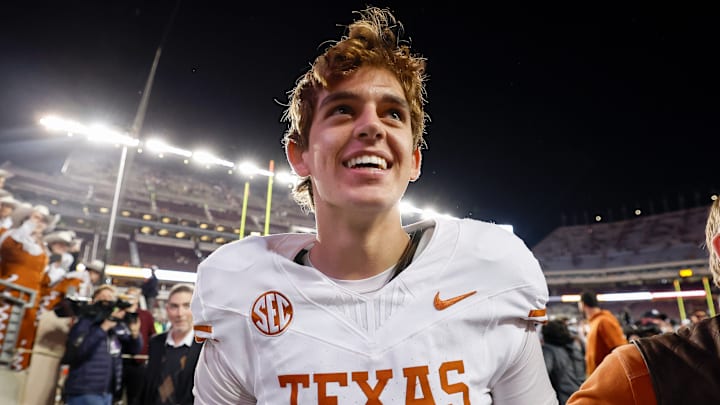Everyone has grown at least slightly used to the fact that college athletes are making millions of dollars per year. Whether it's through brand deals or their school's NIL collectives, these young adults are pocketing a lot of money.
However, when Opendorse, an NIL deals platform, released its annual report, the numbers made a few people take a step back out of pure astonishment.
From last June (2024) to this June (2025), Opendorse reported an 824 percent increase in the amount of money paid to college athletes from various NIL collectives. Why the dramatic change? Most think it's because the latest rules take effect regarding revenue sharing and NIL deals.
Why are college athletes getting paid in June?
Earlier this summer, the House settled with the NCAA, and college athletic departments are now allowed to directly pay their athletes, based largely on the percentage of revenue that said athlete produces for the University.
Basically, all of these NIL funds are front-loading the money to the athletes before the House settlement took effect on July 1, 2025.
Opendorse also shared projected numbers for how much money athletes would make over the coming fiscal year, combining NIL collectives, commercial brand deals, and direct payments from the colleges and Universities.
That number? $2.75 billion. Yes, billion (and it should probably be written with a capital "B").
Sure, people are comfortable with athletes like Arch Manning making a projected $6.6 million and Jeremiah Smith pocketing upwards of $4 million. But when the combined total of athletes' earnings is in front of someone, it's hard not to let your jaw hit the floor.
Simply put, college athletes are going to continue earning more and more money; the data doesn't lie. The only thing that will really change is where exactly that money is coming from.
